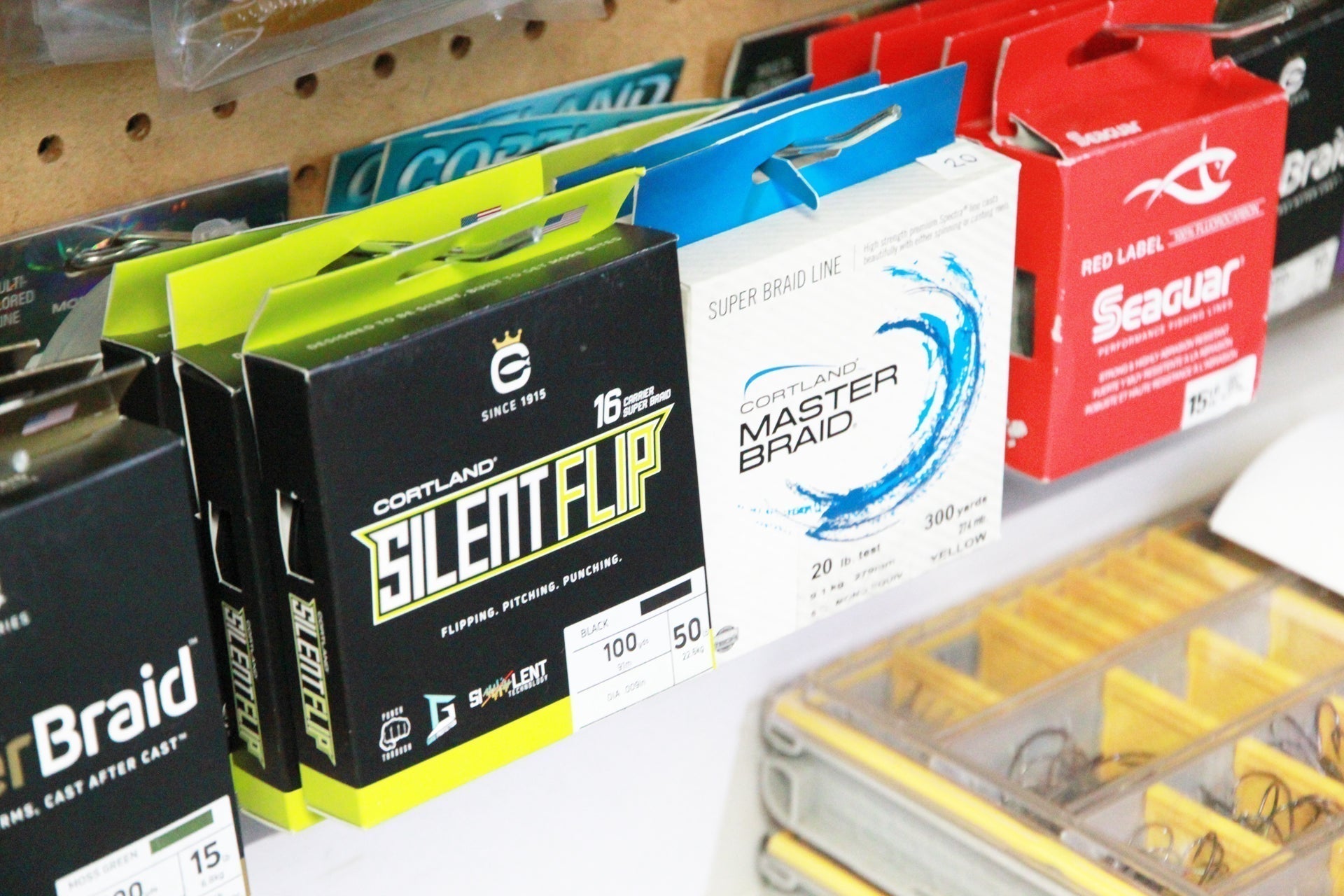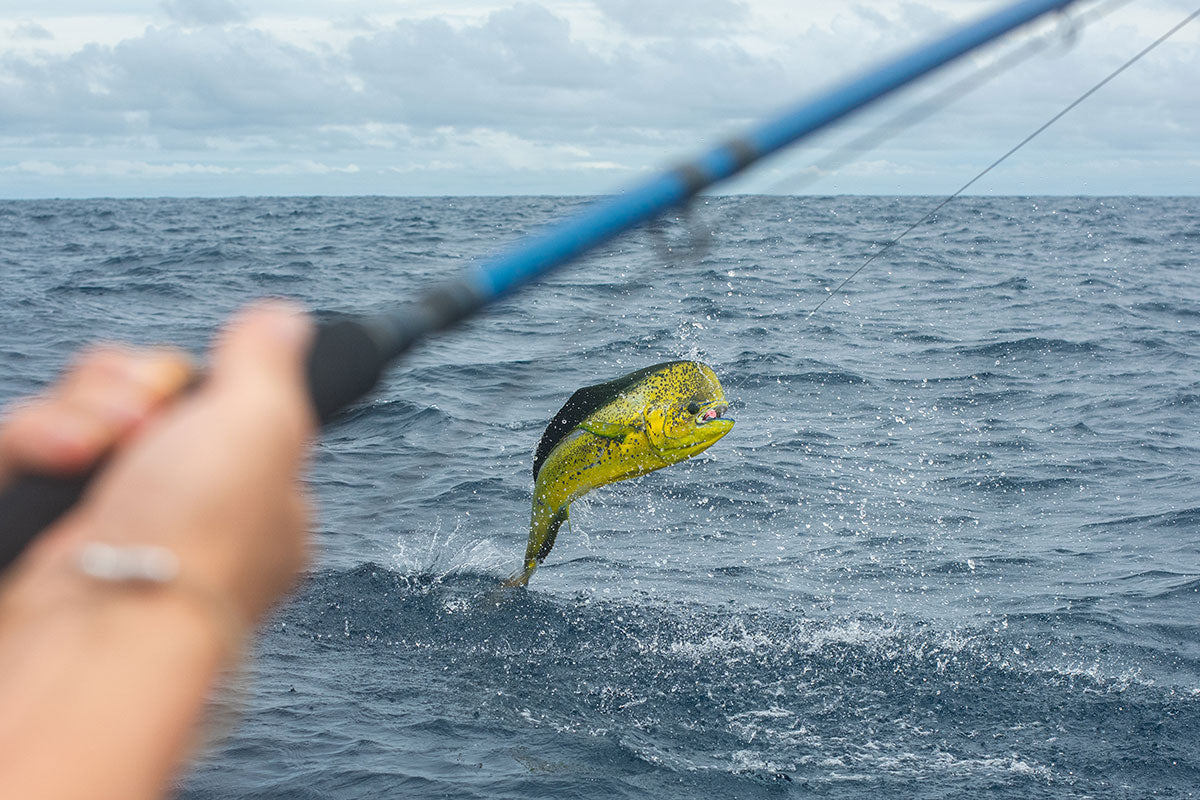Article Written by Brooks Robinson. Learn More About the Author Below / Article Read Time 4 Minutes
Cortland expands its hollow-core offering from the world’s best in-class C-16 hollow-core product line, to the now, most affordable C-12 hollow-core. For the last few years Cortland has infiltrated the hollow-core market with its ultra-premium C-16 product line. Due to the price jump from solid braid to hollow-core one thing has always remained obvious to us, how are we going to adopt those anglers who are hesitant to switch? Enter, C-12.

If it wasn’t for years of R&D trying to perfect C-16 there’s no chance we would have been able to introduce the new product line of C-12. Understanding the market around the world and what anglers need and want in a hollow-core goes a long way, but having the ability to work in the manufacturing facility daily is far more important. As a product development manager and territory sales representative I’m able to rely on first-hand experience in both aspects. Also, having a dedicated laundry list of the most respected captains around the world, we’ve compiled years of feedback aiding in the advancement of both product lines.
The Offerings


Besides the pricing factor, here are the major differences broken down between the two product lines:
First, the major difference is of course the carriers with C-16 incorporating 16 individual fibers and C-12 having 12. Second, the range of spliced top shots or leaders will be slightly narrowed for C-12 compared to the C-16. Meaning, C-16 can accept much larger sizes of mono or fluorocarbon when spliced, yet still “bite” and hold smaller sizes of mono and fluorocarbon when spliced without slipping or added insertion length. Third, the individual denier size for each C-12 carrier is slightly larger compared to the same size lb. test of C-16, however, utilizing a fractionally looser pick count allows for both products to be virtually the same diameter. The larger individual denier and elongated pick count creates a similar inside wall such as the C-16 which prevents needles popping out during the spicing process, and provide the bite or hold factor.

The plan with C-12 was to keep our 20% overrated breaking strength as does the C-16, but reduce carriers and cost, all while retaining the spectacular splice-ability and durability factor we are known for. In addition, we made sure every size of the C-12 was able to handle a DaHo needle easier across all sizes compared to the sizes of the competition and remain that way over years of catching fish. It’s one thing to be able to splice a hollow-core line when it’s fresh, but what’s the point if you can’t put a needle inside after it’s stretched out from a few fish.

Overall, there is one thing I’ve noticed over the years in the end consumer, which is there are always some who prefer the absolute best product available, and there are those who reach for a product base on affordability. Rarely, if ever, are those anglers purchasing both products, however over time we do see the affordable focused consumer transitioning to purchase the best in-class. It’s our goal to make sure those affordable focused anglers have a great, positive experience and eventually graduate into an Ultra-Premium product.
About the author
Brooks Robinson was born in Cortland, NY and grew up on a small lake just 10 minutes north of the Cortland Line Office. He started working at Cortland Line 10 years ago in fly line production. Currently he is part of the product development team and an inside sales rep covering Maine to Maryland for both conventional and fly fishing products. In his free time you can find him fishing the Upper Delaware for trout or fishing saltwater for tuna and striped bass. Brooks currently resides in Syracuse, NY with his wife Rianne and three kids who love to fish and spend time outdoors.



